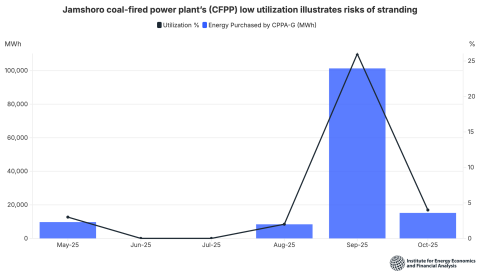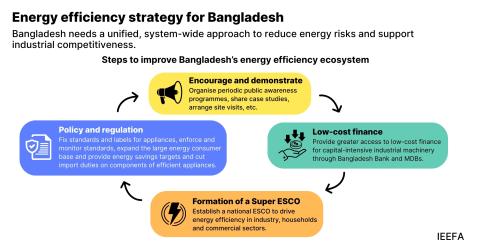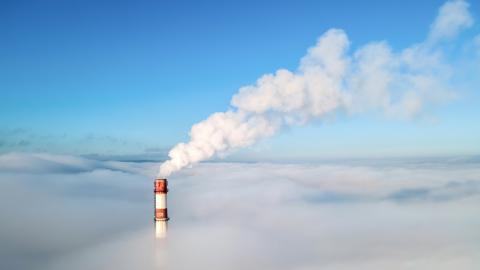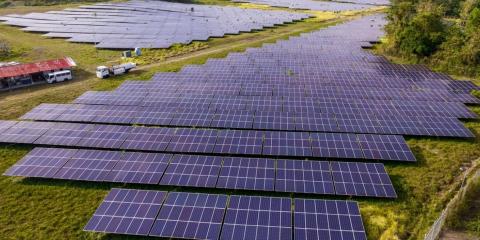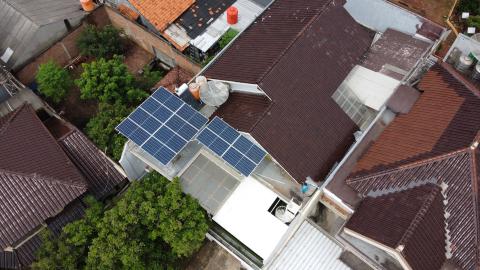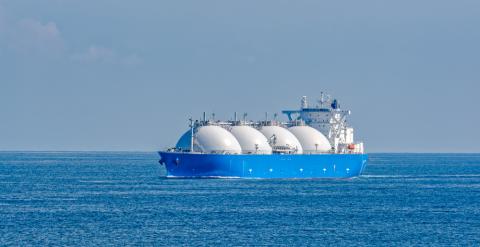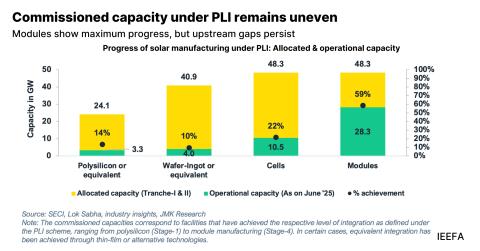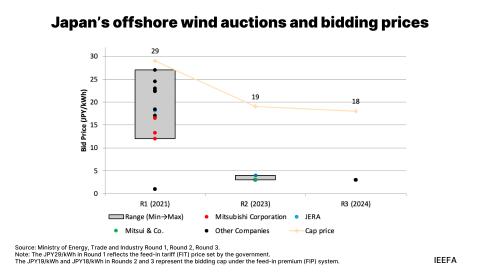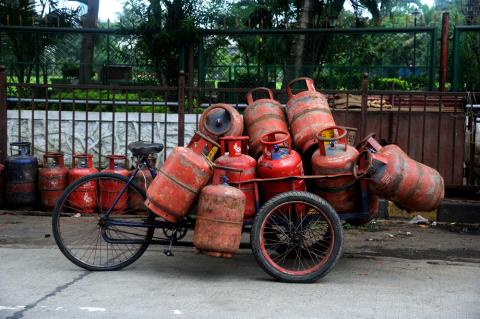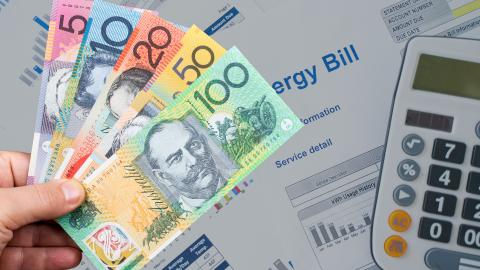The critical role of public capital in financing India’s green steel development
Download Briefing Note
View Press Release

Key Findings
Globally, despite US$9 trillion in renewable energy investment since 2010, industrial processes remain 80–85% dependent on fossil fuels. The steel sector has been slower to decarbonise than others. Yet, with significant capacity yet to be added, India has an opportunity to leapfrog traditional pathways if the right financial mechanisms are deployed.
International evidence shows public costs for green steel range from US$110 to US$1,168 per tonne of CO₂ abated — up to 13 times the EU carbon price — highlighting that carbon pricing alone cannot drive the transition.
A government-backed credit guarantee facility can mobilise commercial capital with minimal budget outlay; competitive product-based Contracts for Difference can discover true green premiums through auctions; and dedicated project preparation facilities can help MSMEs access existing finance.
Global project failures reveal a critical pattern: gas-based “transitional” steel projects failed to secure offtakers despite receiving substantial government grants, while fully integrated hydrogen-based projects secured contracts with 20–30% price premiums — demonstrating that buyers will only pay for steel with verified green credentials across the value chain, from renewable energy through hydrogen production to final steel output.
Context: India’s steel expansion and climate challenge
India’s steel industry stands at a critical juncture. The country is looking to expand its steel capacity from 180 million tonnes (Mt) to 300Mt by 2030, driven by infrastructure and development needs. However, this growth relies predominantly on producing steel through carbon-intensive Blast Furnace-Basic Oxygen Furnace (BF-BOF) technology. Producing one tonne of steel in India results in roughly 2.6 tonnes of CO₂ emissions — approximately 25–38% higher than the global average. The steel sector, which accounts for an estimated 12% of India’s total greenhouse gas emissions, is the country’s largest industrial emitter.
This presents both a challenge and an opportunity. Globally, despite US$9 trillion in renewable energy investment since 2010, industrial processes remain 80–85% dependent on fossil fuels for their energy needs. This dependence goes beyond electricity consumption — steel production requires direct fossil fuel use, particularly metallurgical coal in blast furnaces, for the chemical reduction of iron ore. Steel, along with cement and chemicals, has been particularly slow to decarbonise. Yet, India’s position — with significant steel capacity yet to be built — offers a unique chance to leapfrog traditional pathways if the right financial mechanisms are deployed.



